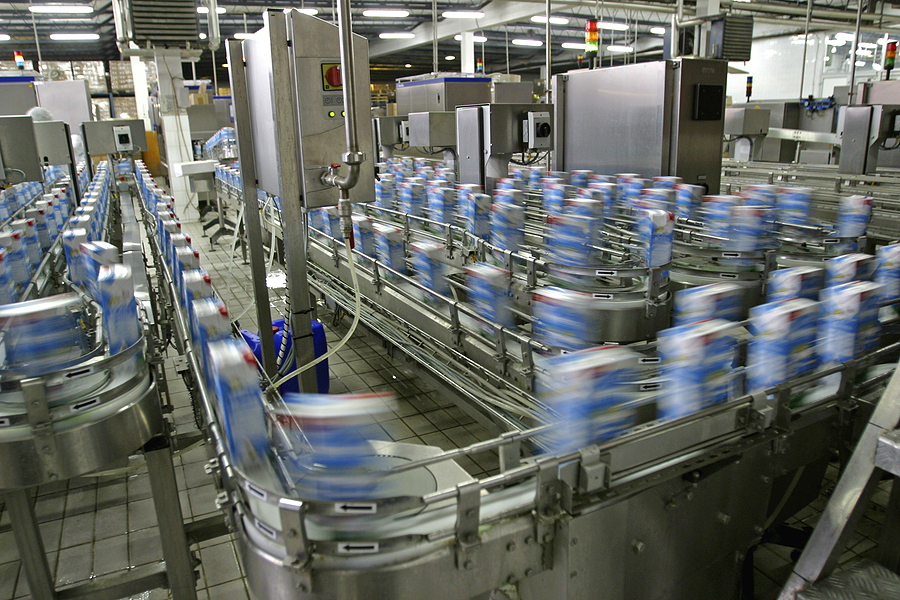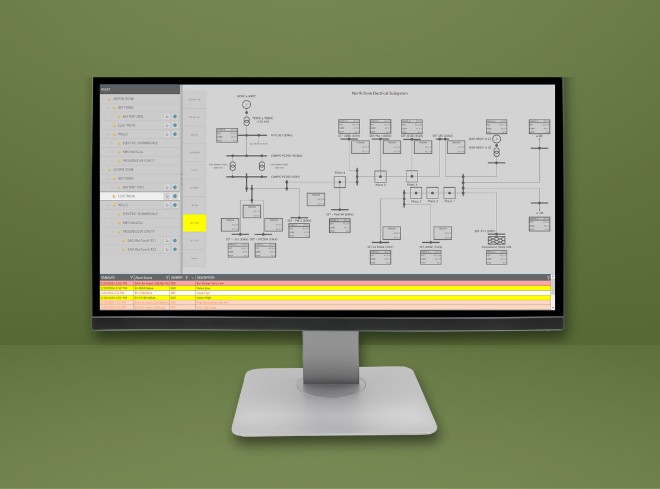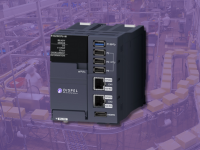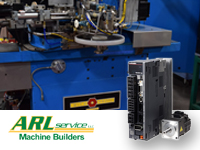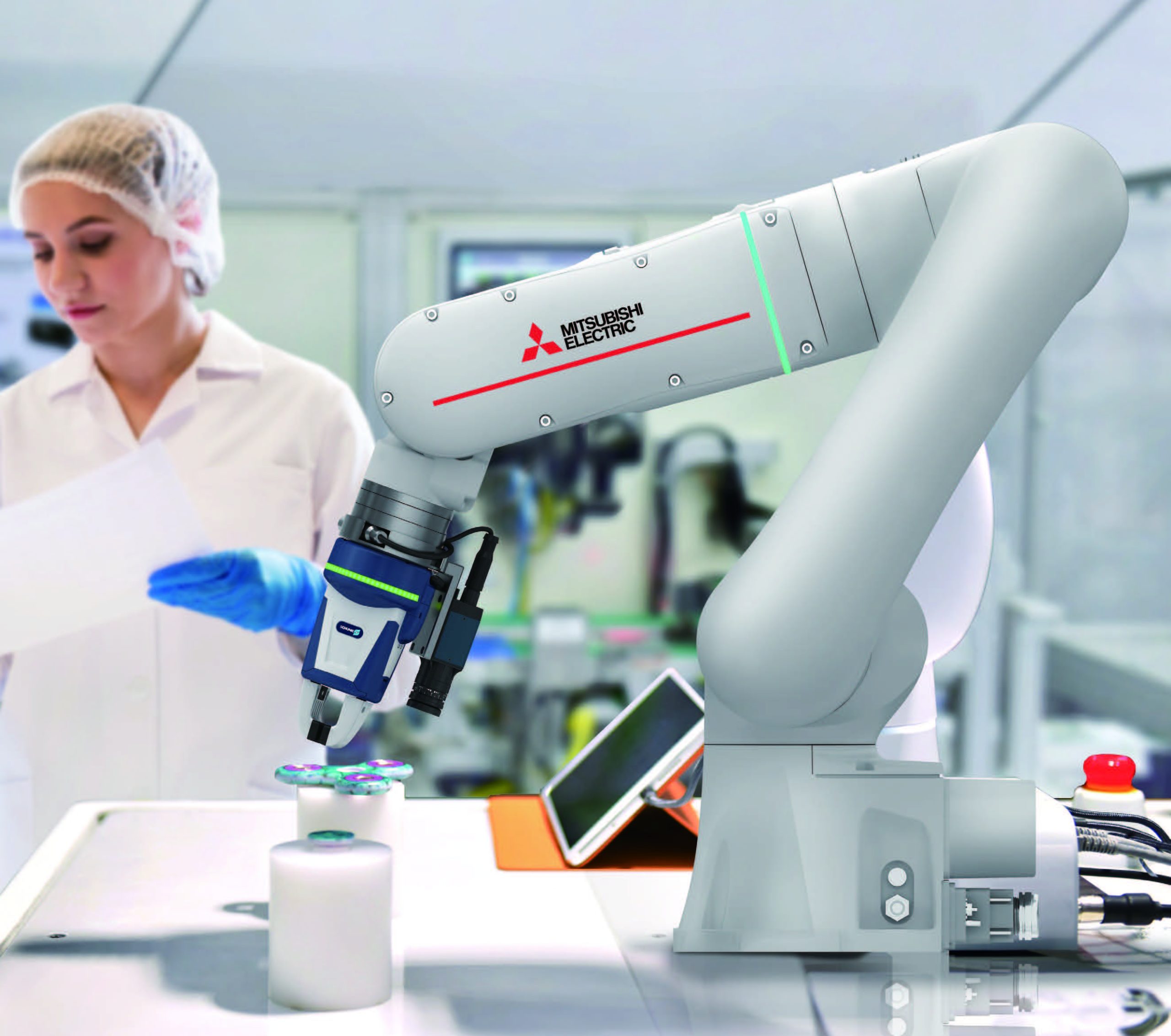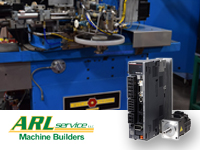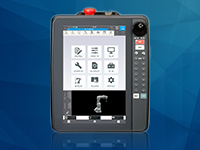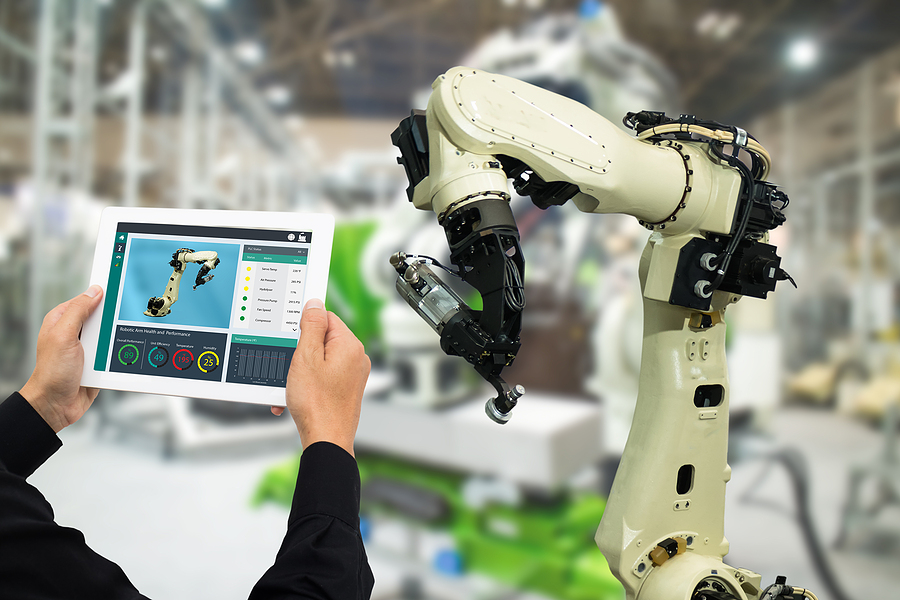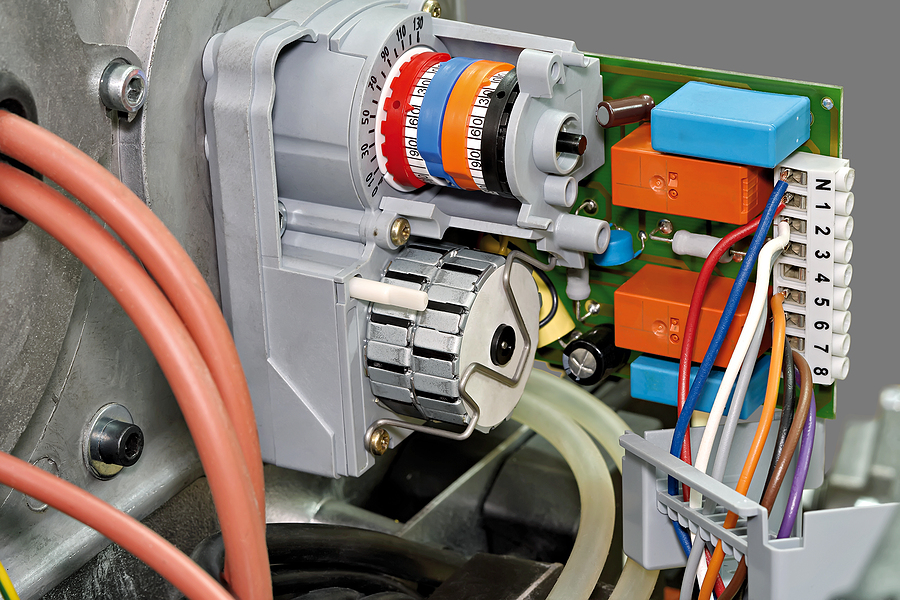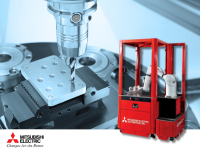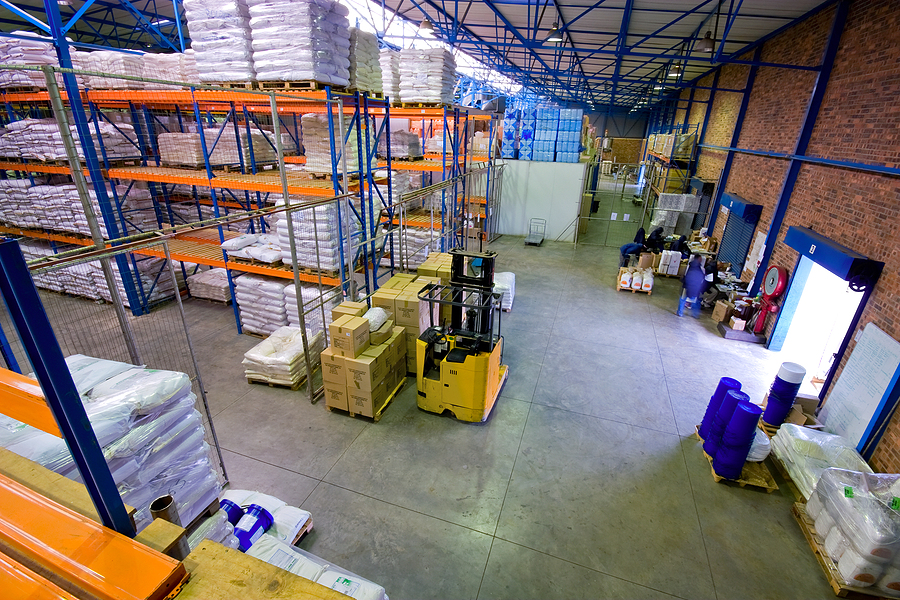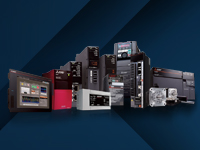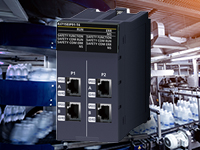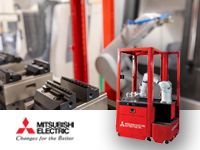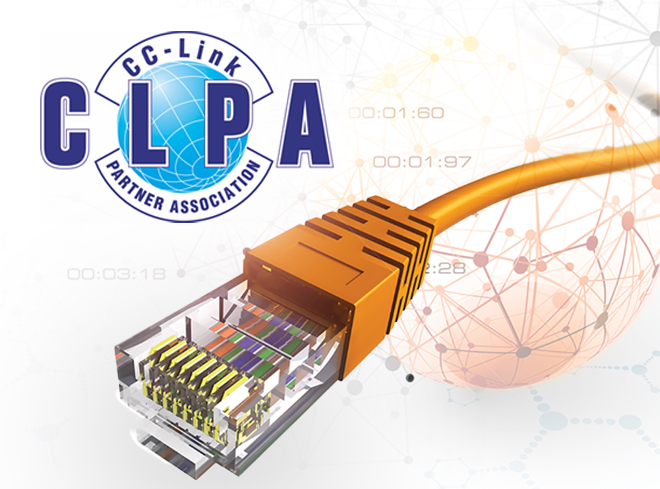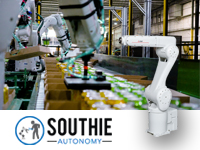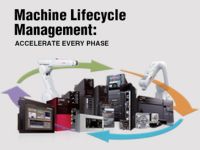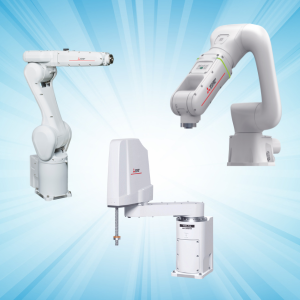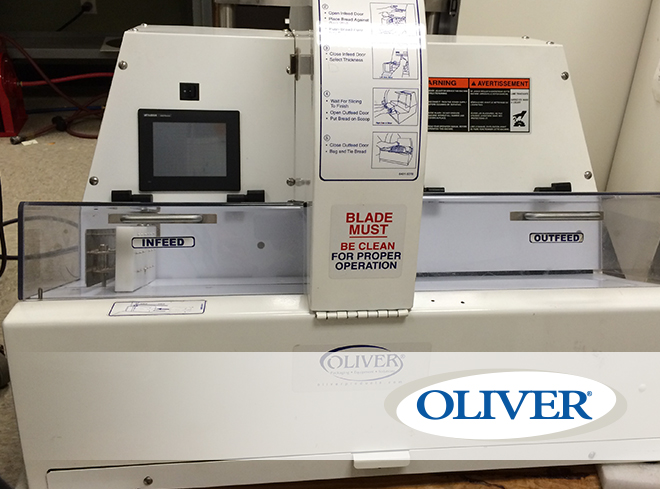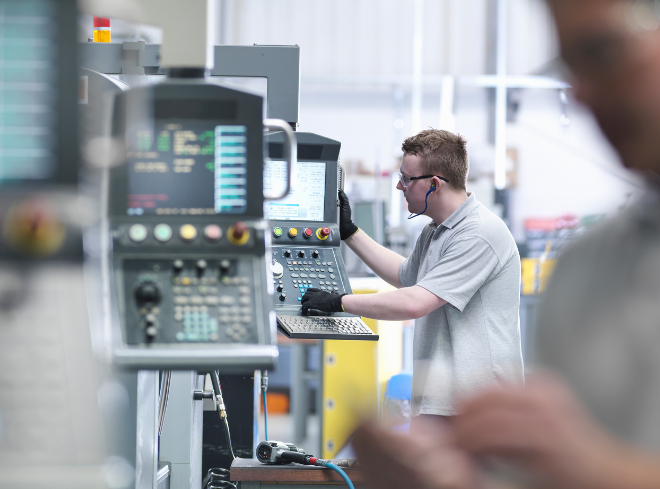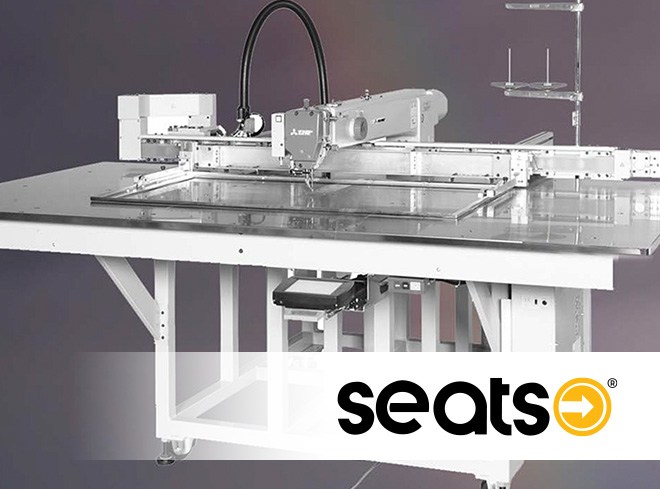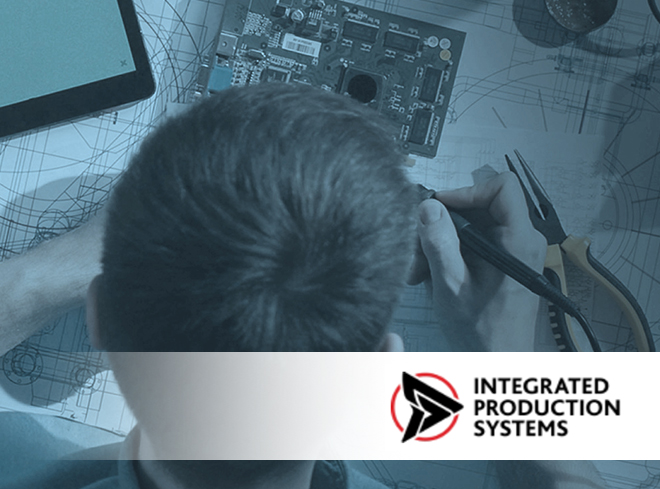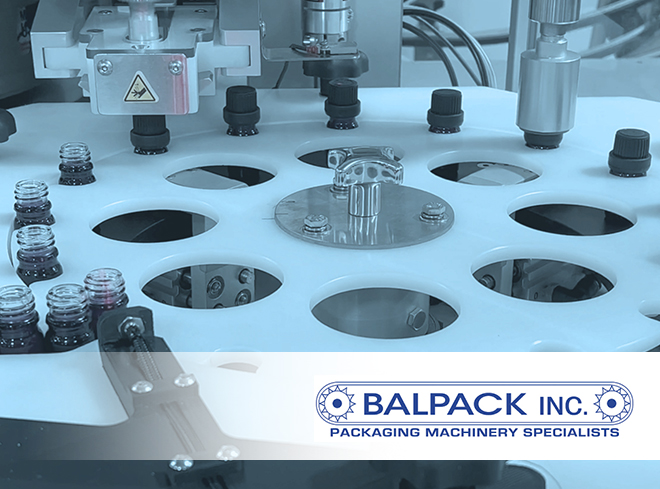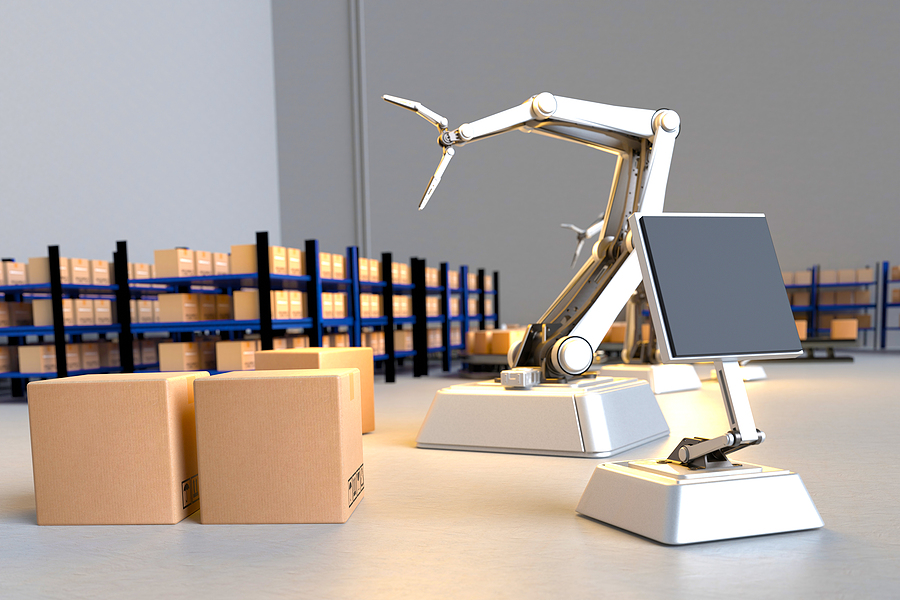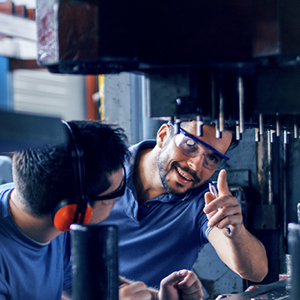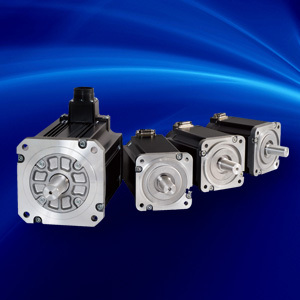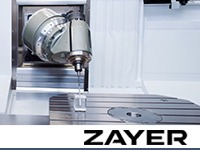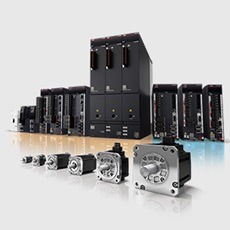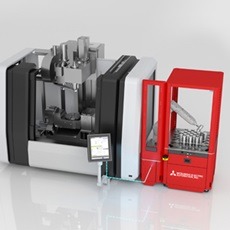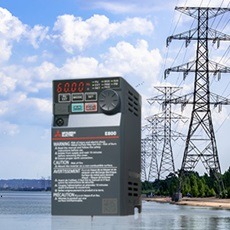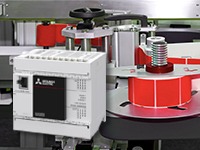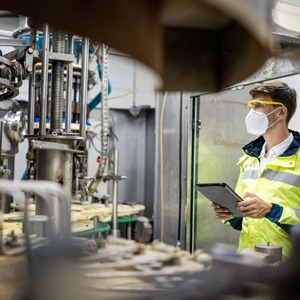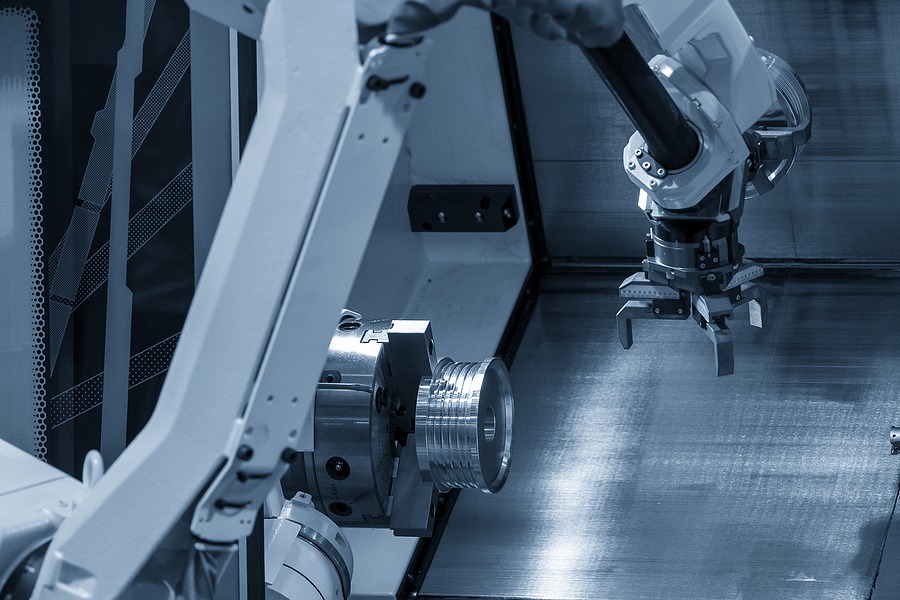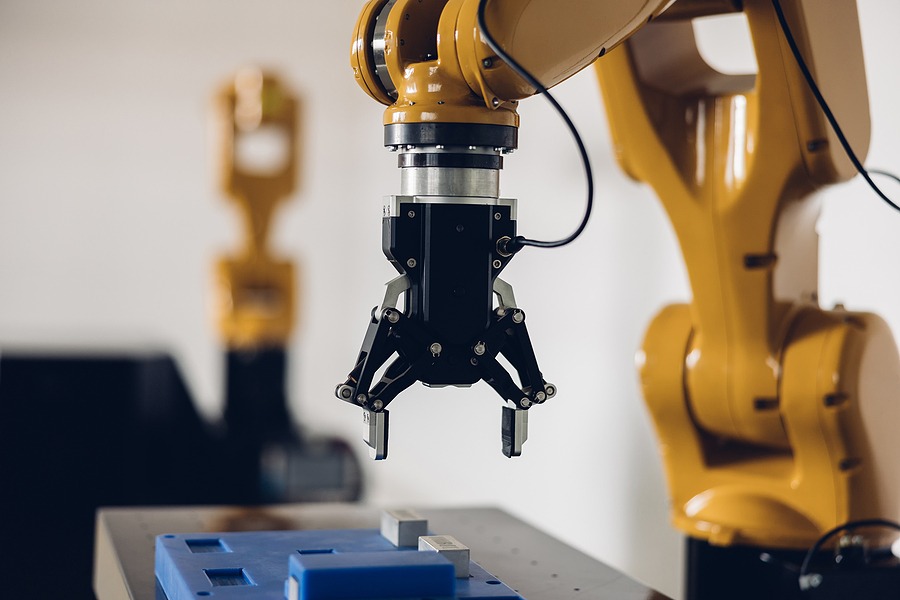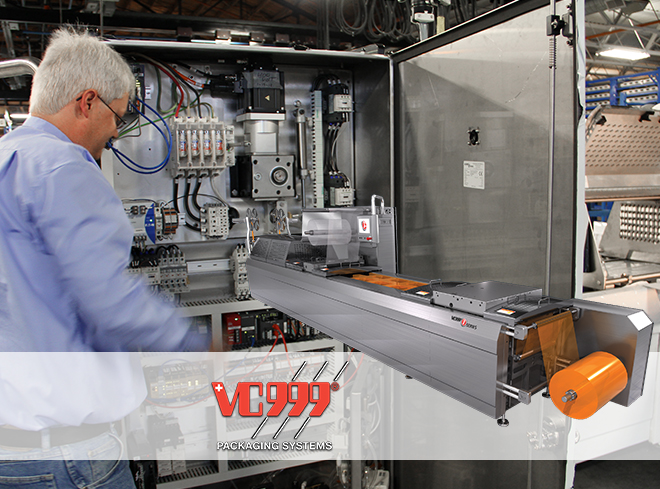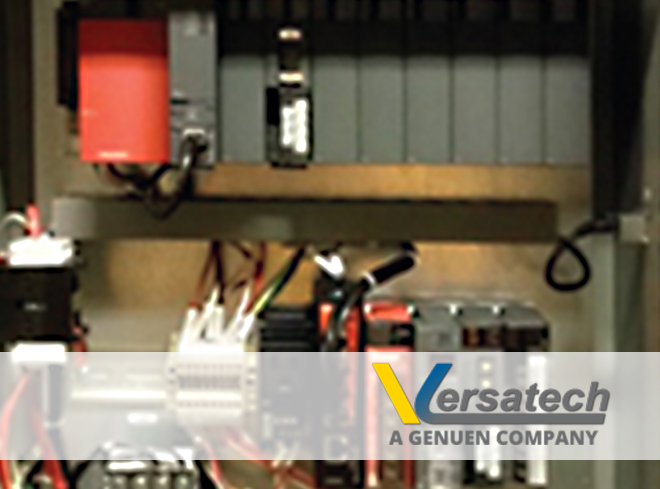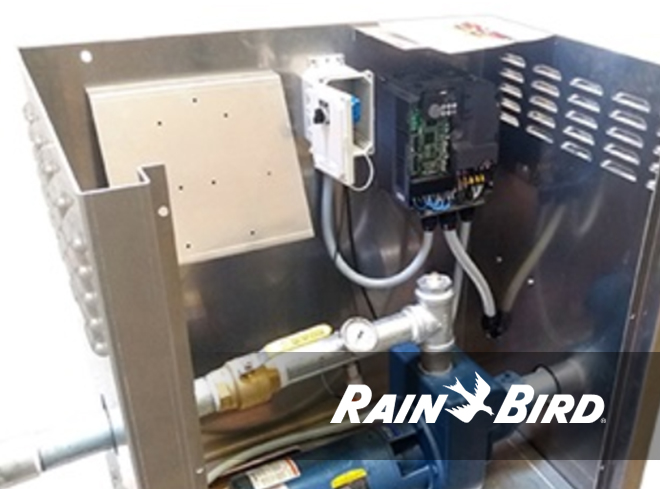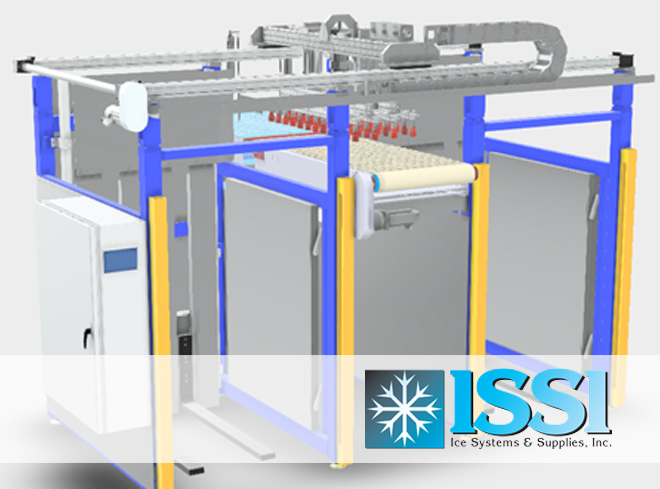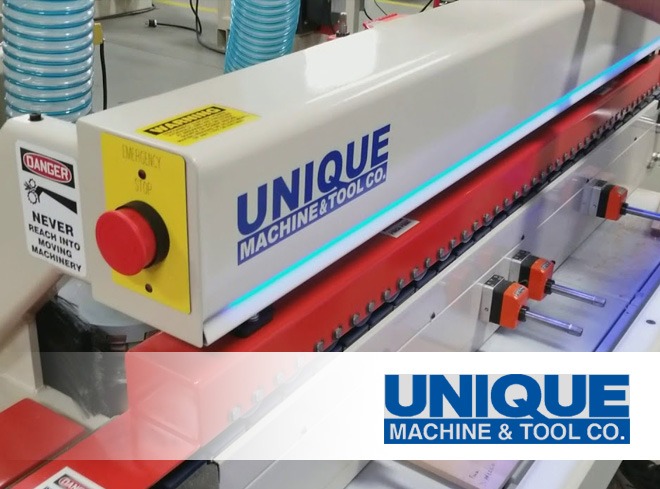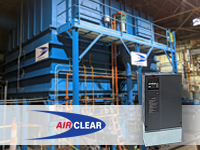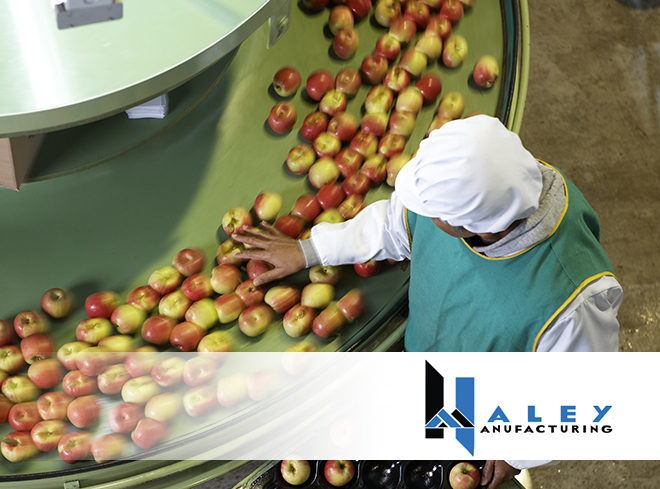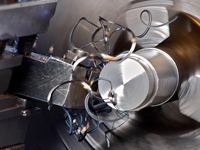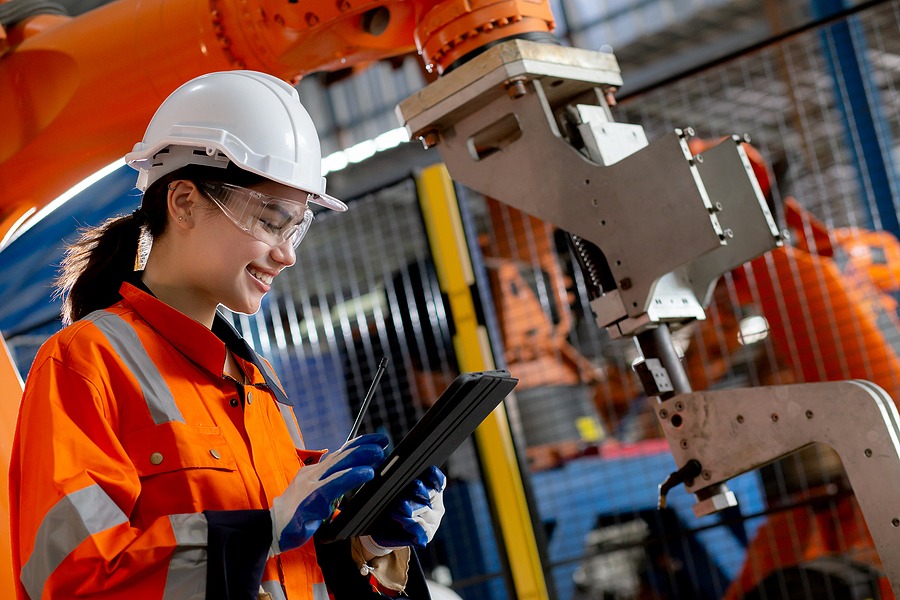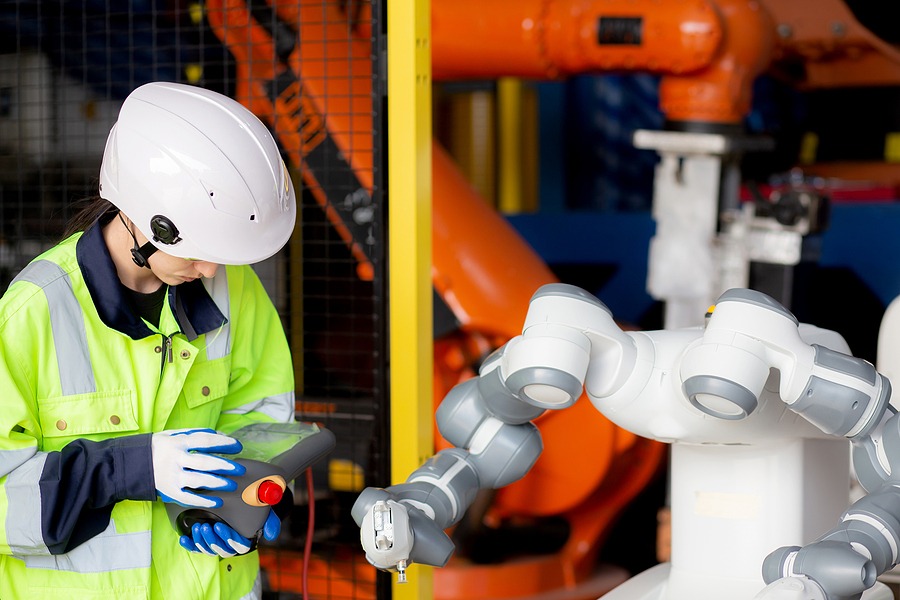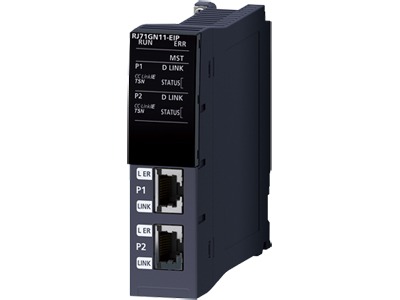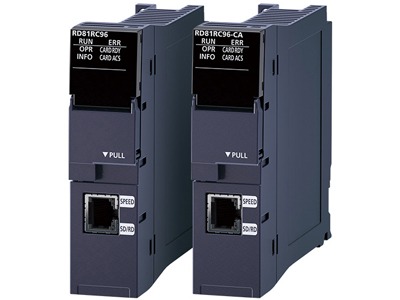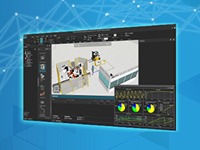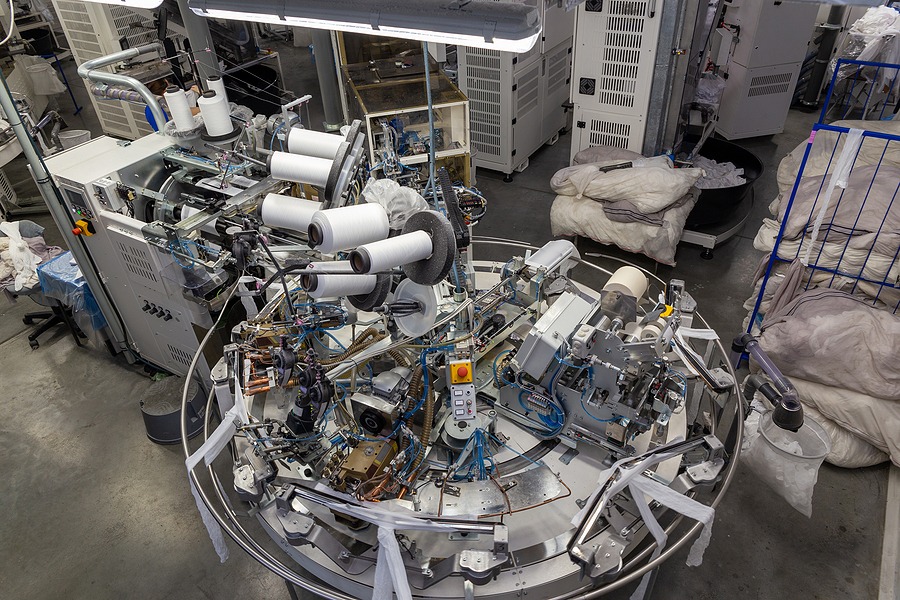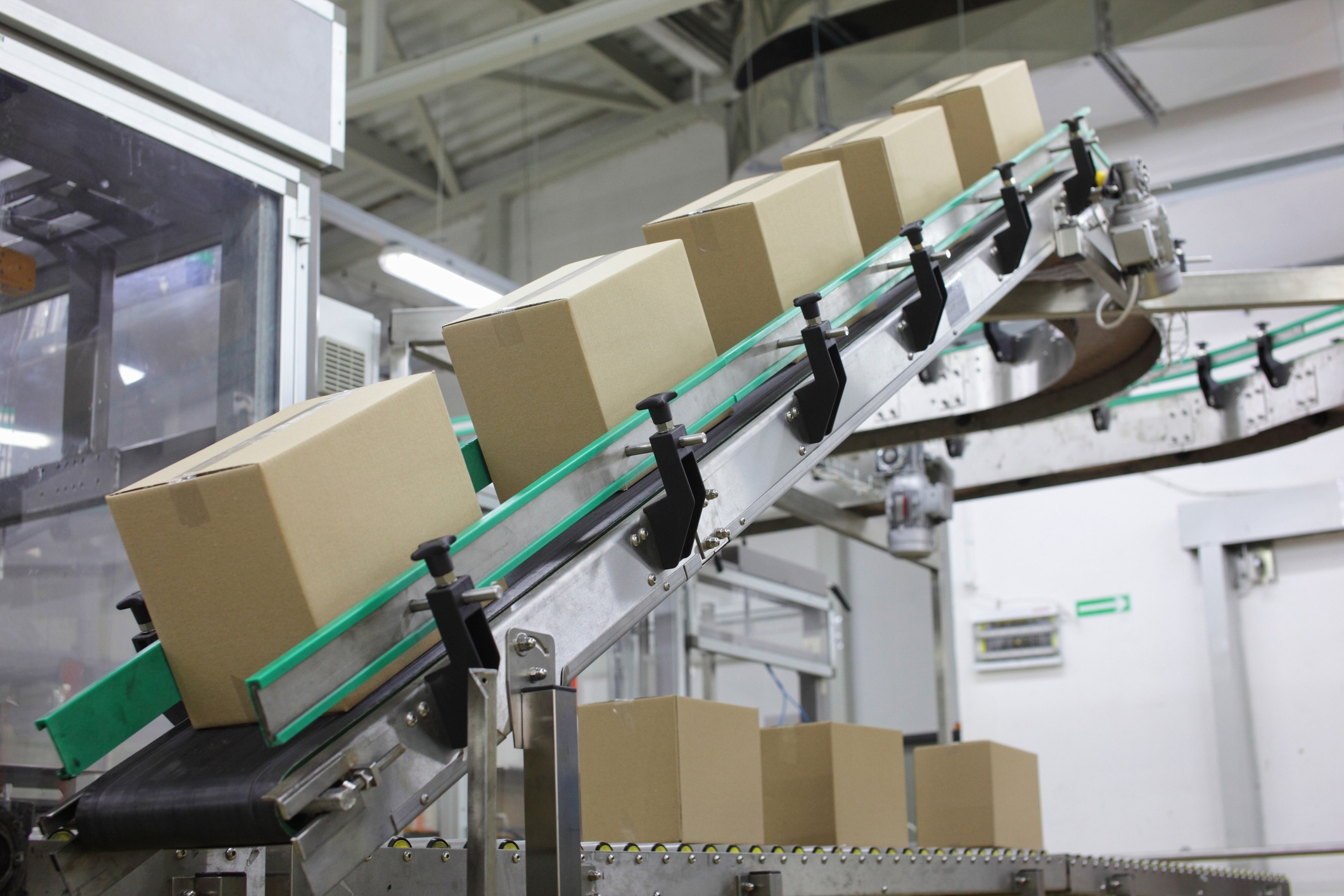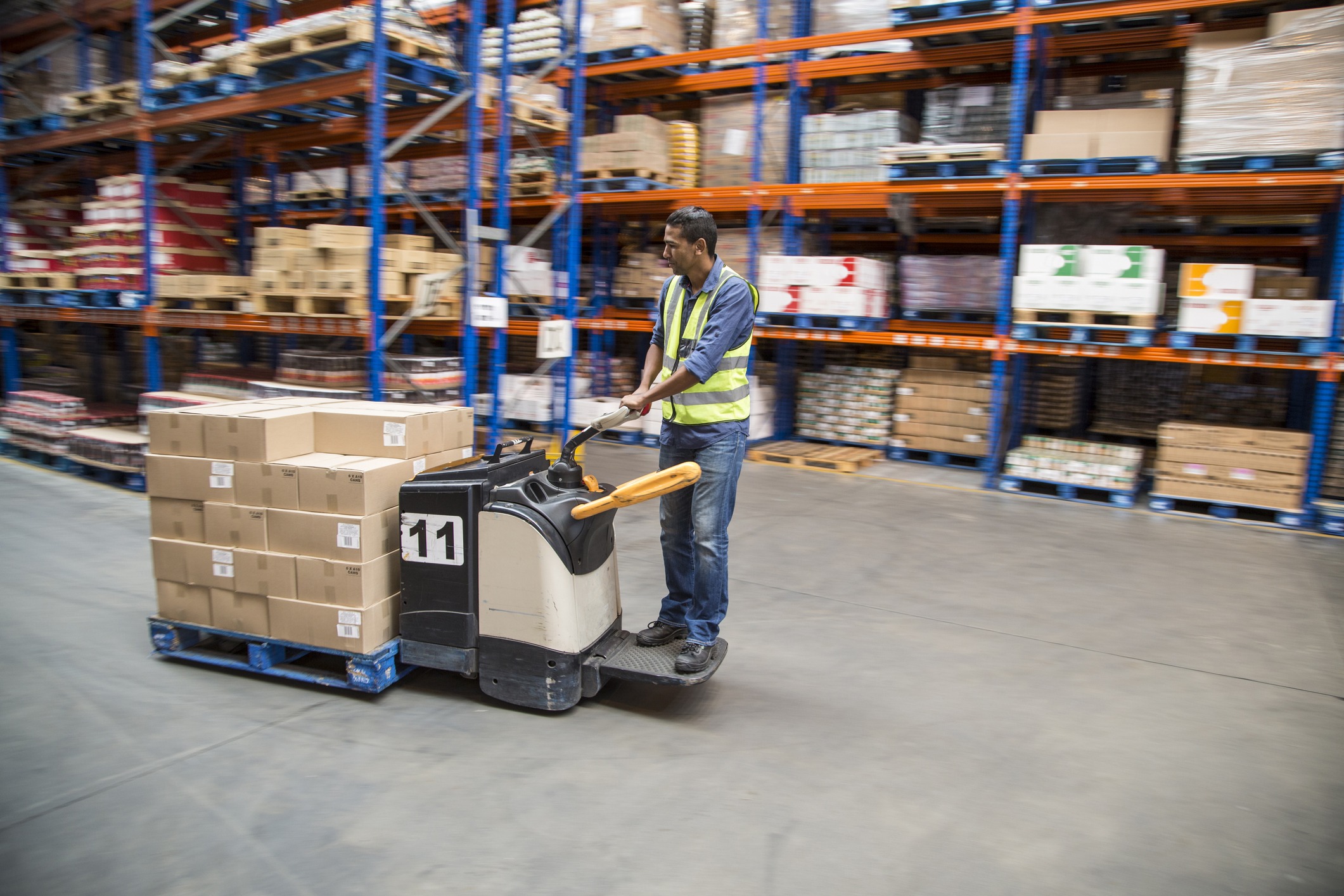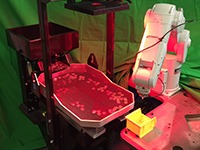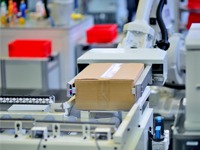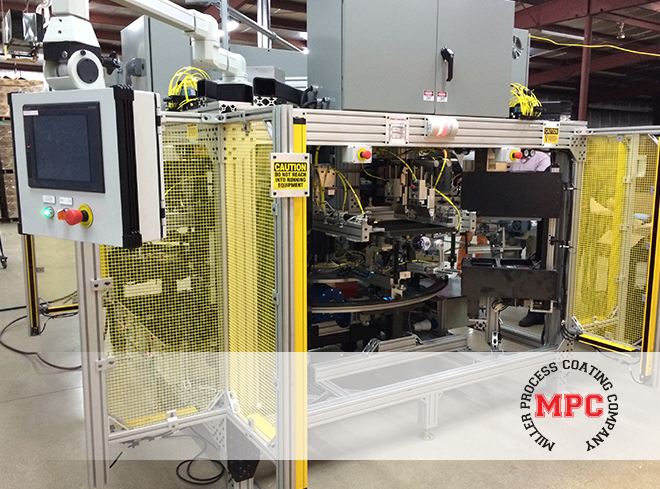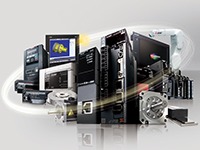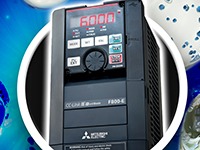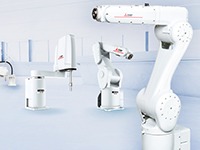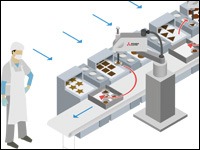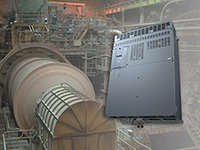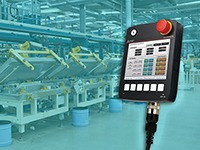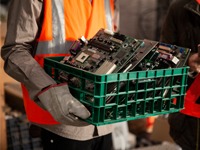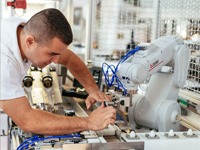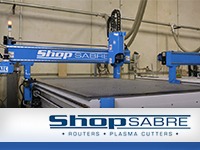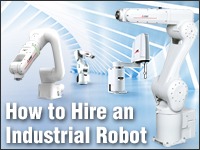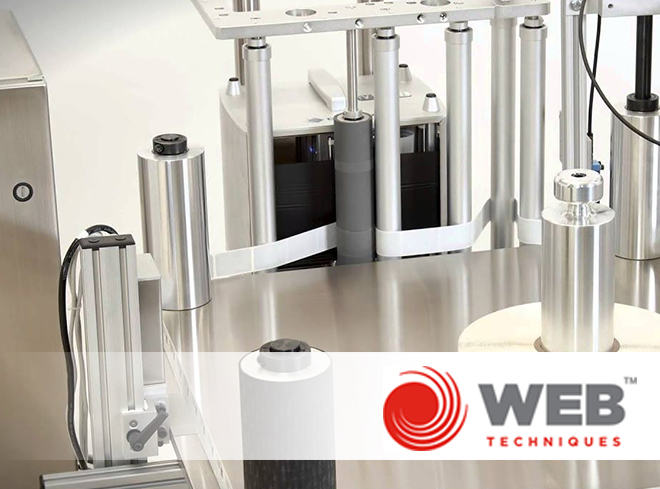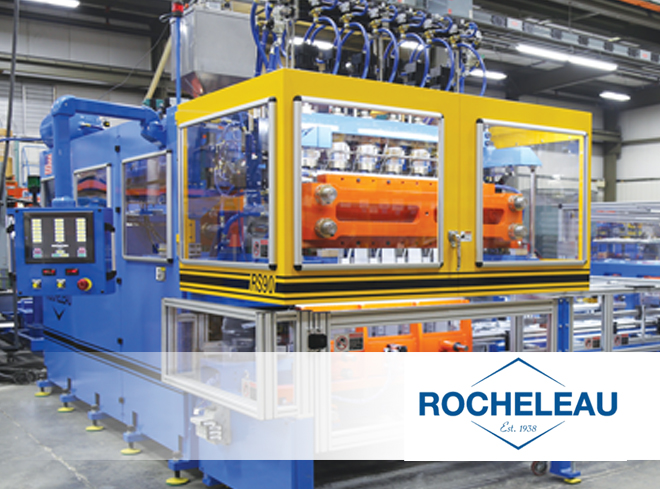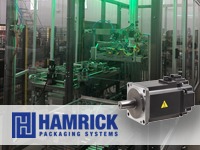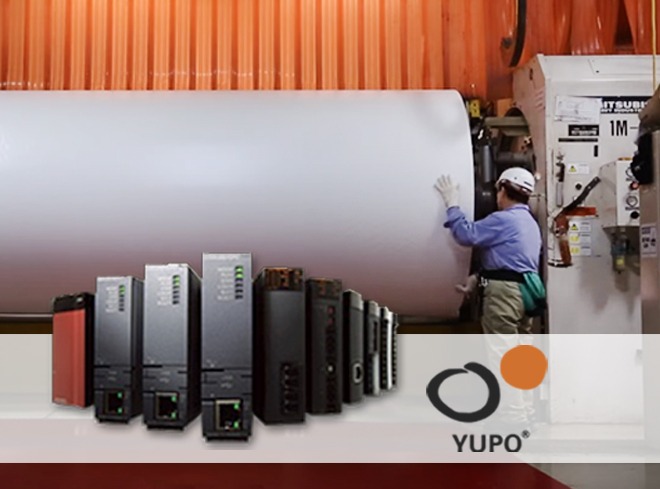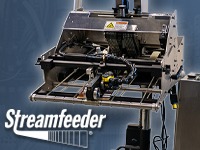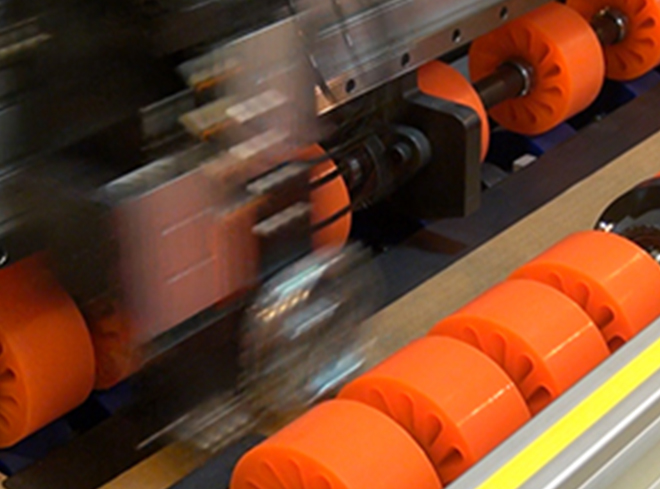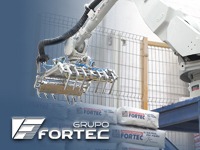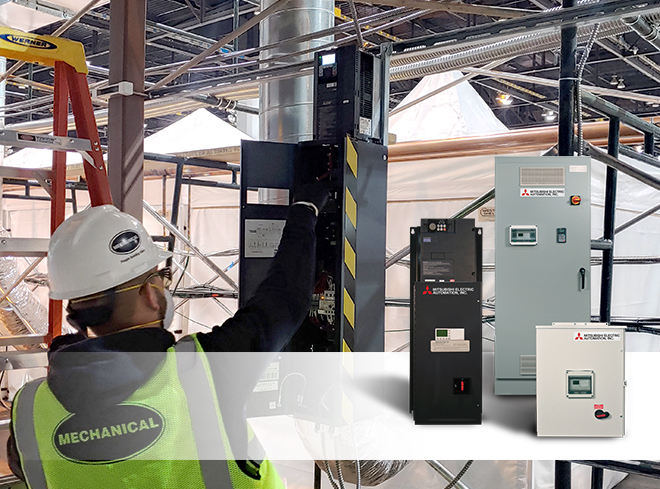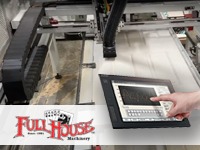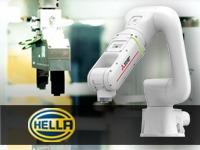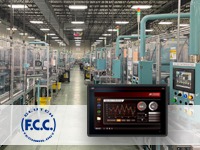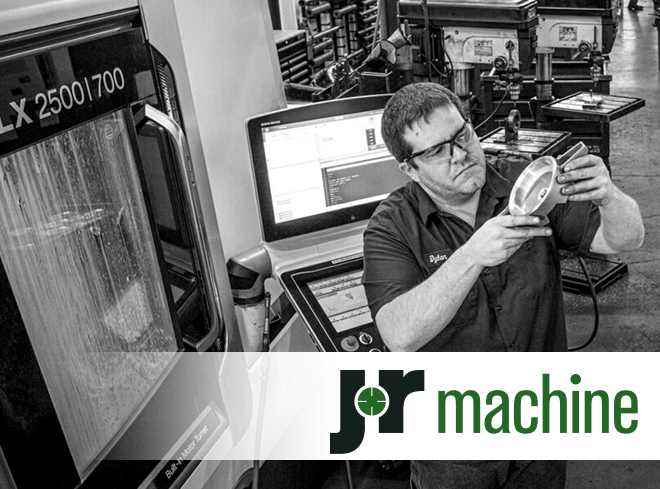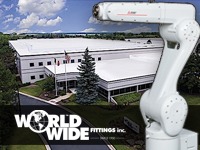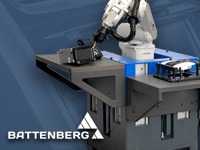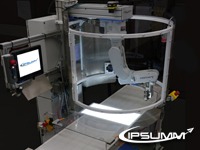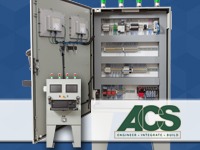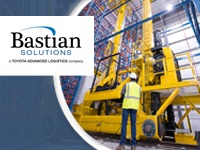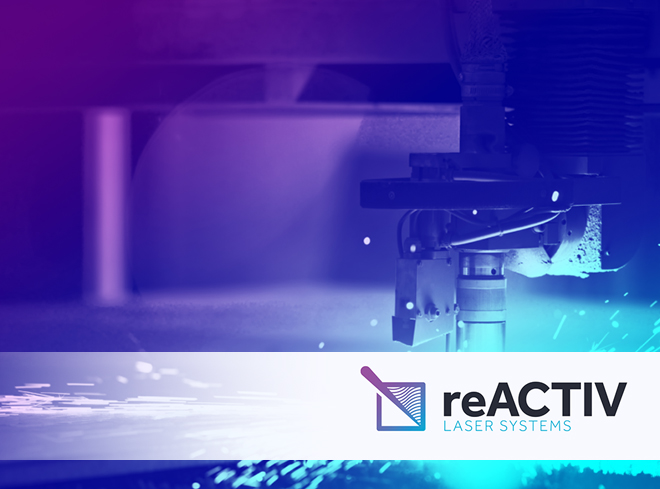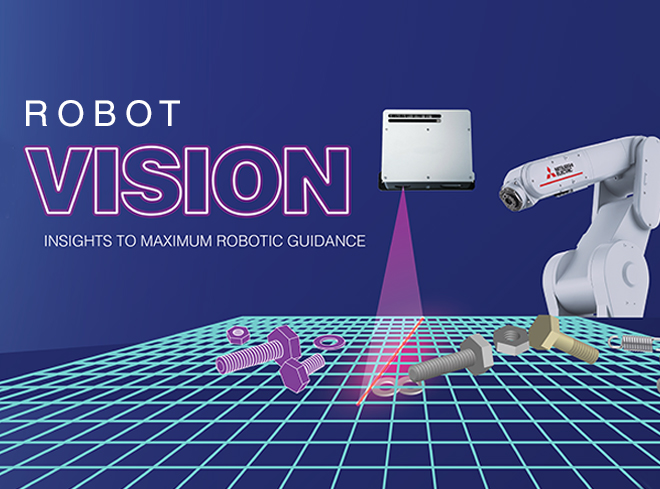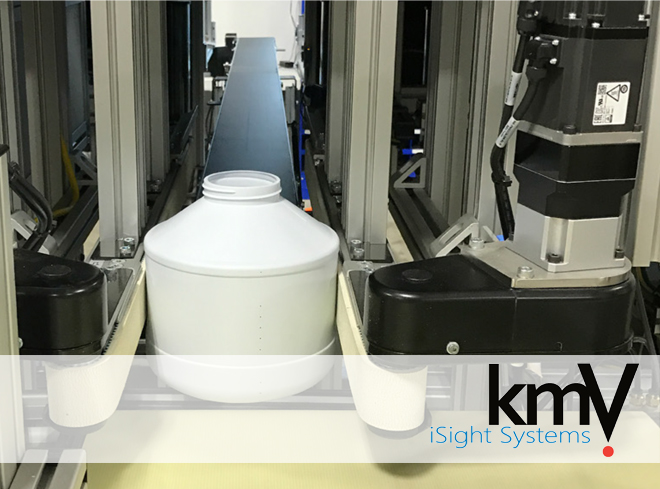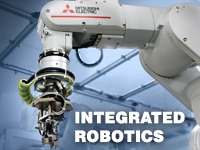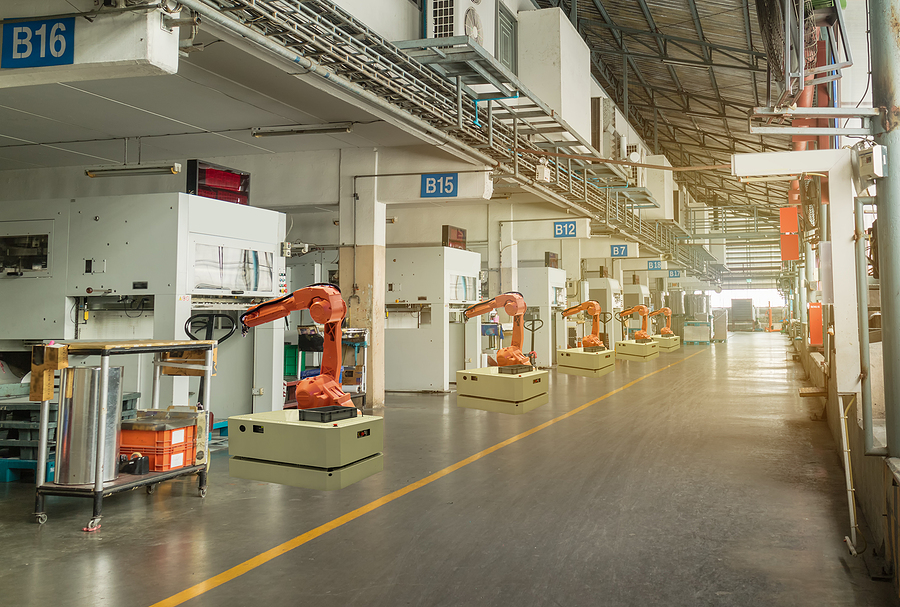
What is servo automation? Servo is short for servomechanism, a closed-loop system that calculates a device’s positioning and motion for precision and efficiency in everything from manufacturing to surgeries.
A servo motor is the technology that makes robotic surgeries possible. It’s also essential in many applications, from assembling the safety cage on a new vehicle to precision measurements when filling empty bottles with cough syrup on a bottling line.
That’s what servo is. How do you make sure you’re getting a favorable return on investment (ROI) when you’re planning servo automation projects?
Understand Your Goals and Objectives
What is the point of adding servo automation? Are you looking to heighten product safety, make the work environment safer for your workers, or reduce scrap? It could be a mix of things like increasing production rates while reducing scrap and making workers happier without mandatory overtime.
Another common reason for upgrading a plant’s equipment is to free up talented workers for high-value jobs. If you have dedicated workers who know the ins and outs of the product well, they might be more valuable in your sales department.
As you build a list of goals, you have a way to gauge what upgrades are most important. If your workers have been dealing with injuries from stacking pallets, automation reduces those injuries. If they’re struggling to keep up with the increased orders on the bottling line, servo automation is ideal.
Keep this outline handy as you start pricing different equipment upgrades and the cost of installing servo motors in your plant. Suppose servo could increase your production speeds by 20%, which would mean 240 more bottles per hour That breaks down to 10 more cases per hour.
Automation doesn’t need a break, so you could have 240 more cases each day. If those cases sold for $40 each. That’s $9,600 in extra revenue each day and $67,200 more per week. It adds up quickly.
Consider the Full Cost of Upgrading Your Equipment
We’ve tapped into a theoretical scenario, but you also have to calculate the costs, as that will decrease your revenues. The expenses include more than the servo motors. There are also the controllers, sensors, and even electrical connections if they’re insufficient or need to be moved.
You have to pay for the software and any annual or monthly licenses. There’s also the cost of maintaining that software, so you’ll need an IT team that understands what to do for maintenance and how to diagnose problems quickly and correctly.
Once the equipment and software are in place, workers need to be trained to use it. This training can take time. Your options can be having workers stay late or come in early or have them come in for training during their normal shift. That might require you to have additional workers covering their lines when they’re training or shutting down lines, which decreases output.
After everything is set up and running, there is still ongoing maintenance and repairs. Many machines use predictive maintenance to avoid unexpected breakdowns, but nothing is perfect. There’s always the risk of a potential problem.
Know How to Track the Benefits of Your New System
Once you have automation up and running, you need to know how to track your company’s progress and success. This is important for determining ROI. The four standard measurements to track are:
Better Product Quality
How many recalls do you see each year that are tied to a product defect? It happens a lot. It might be that weak welds are causing product failure or a missing safety shutoff increases the risk of a fire. With servo automation, precision is standard to the machine’s duties. Recalls and increased customer reviews triggered by products that break quickly are a thing of the past.
Heightened Worker and Plant Safety
Automation can decrease the risks your workers take on the job each day. You have workers who need to climb high up ladders to add plastic pellets to their machines. Instead, a servo motor could dispense materials to the exact ounce, which also reduces wasted products.
It also increases safety within your plant. Humans make mistakes. Your worker spills some oil and someone comes around the corner without realizing it, slips, and falls. In that fall, the worker fractured a wrist. Automation prevents accidents and makes for a much safer workplace.
Increased Productivity and Output
Machines don’t need time off, bathroom and meal breaks, or sick days. They’re not going to come into work sleepy, hungover, or injured and work more slowly than usual. Plus, machines are precise and won’t make errors of their own doing. This increases productivity, which means you get more product out.
Savings on Labor and Employment Costs
Finally, automation helps keep your employment and labor costs down. You must pay time and a half or double time for all the overtime that your employees put in. Your energy costs increase with lights and heat being on all weekend, too.
If you’ve been forcing your workers to work overtime multiple weekends, they may be tired and fed up. They’re looking at leaving, which forces you to place job advertisements, find time to schedule and hold interviews, make final hiring decisions, and handle onboarding and training of the new workers. It’s time-consuming and takes you from work you should be doing.
Automation reduces the amount of overtime your workers put in. They have more time for relaxing, hobbies, extracurricular and social activities, and family time. Plus, it offers them a chance to learn new things and increase their job skills, which makes them feel valued.
A Quick Calculation for Determining ROI
You’re not going to get a big picture until you’ve had your servo automation up and running for a while. If you need figures before then, you could use your monthly payment for the equipment loan, the cost of additional wages for training workers, and the installation costs broken down into a monthly estimate.
Otherwise, add the amount you spent on the installation, training, and equipment purchase. Now, calculate the benefit you’ve gained, which includes things like energy savings, increased revenues, and decreased amount of overtime pay. Once you have these, divide the benefits/profits by the total costs/amount you spent.
You spent $100,000 on a new machine. However, you saved $5,000 in electricity, $25,000 in overtime pay, and grew revenues by $30,000. That’s $60,000 in benefits. Divide that by $100,000, which is 0.60 or 60%. Your ROI is 60%.
That’s a basic calculation, but other factors can play into this. What you want to see is a positive ROI, but it can take time. It’s also not the only factor.
You have happier employees, so your employee turnover rates plummet. That’s a benefit. Your clients are happier because they’re getting their orders earlier than estimated. Word-of-mouth referrals are increasing your business, which is another benefit. Look at the complete picture rather than on one specific number.
Mitsubishi Electric is an expert in factory automation and servo motors. If you’re considering adding servo automation, we’re happy to answer your questions and help you gain a better understanding of where to add factory automation and what changes are more important than others when you’re getting started.
Work with Us and Succeed
We love our customers and the challenges they bring to us. We also like to let our customers shine by discussing how we worked together to solve their biggest challenges. If you have a challenge that needs to be solved and would like to be our next BIG success story, reach out to us and let’s connect!

